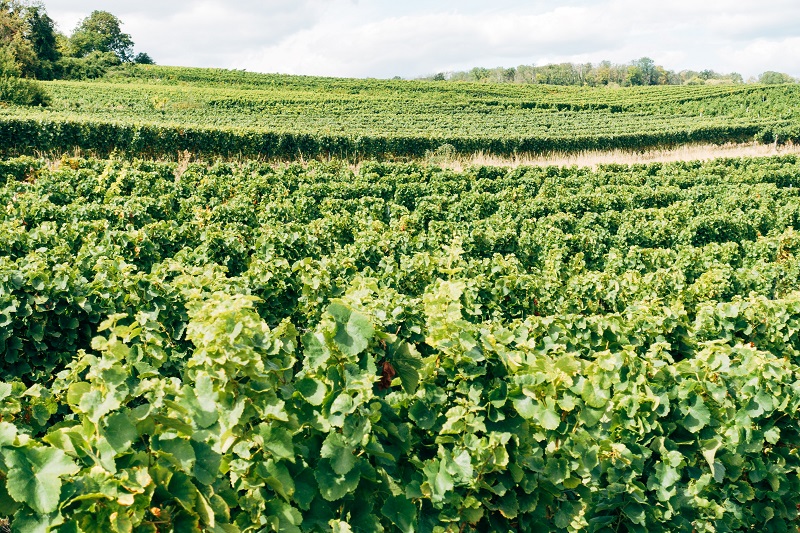Essentials Of Sustainabilities: Soil Health
To vegetable growers, soil quality reflects the capacity of the soil to produce high yields of healthy food with little or no negative environmental impacts. Soil quality properties, such as texture and mineralogy, are static and are not readily altered by farm management practices. However, other soil properties or functions such as suppressing pests and uptake, storage and recycling of water, nutrients, and energy, are dynamic and can be altered or managed using well-defined cultural practices. The term “soil health” is used here to describe those dynamic properties of soil that are responsive to farm management practices.
Healthy soils tend to be highly productive and exhibit yield stability because of their natural resistance and resilience to environmental stress. The status of soil health in a grower’s field is largely determined by the quantity and diversity of active soil organic matter (SOM). Feeding soil microorganisms regularly by growing cover crops and application of organic soil amendments (compost and manure) stimulates microbial growth and generates particulate organic materials that constitute active SOM.
Most commonly used cultural practices involved in producing vegetable crops (tillage, cultivation, pest control, and harvesting) tend to degrade or decrease microbial life and active SOM. Today, however, many growers are adopting farm practices that minimize loss of SOM during production of their crops and maximize buildup of soil health during the off-season. Farm management practices can be classified as either harmful (loss of SOM) or beneficial (sustain or increase SOM) to soil health (See Classifying Farm Practices).
Controlled-Traffic Beds
The rest of this article describes the advantages of using permanent controlled-traffic (CT) beds as an integral part of a zone-tillage (ZT) conservation farming model system that minimizes the loss of active SOM during production of vegetable crops. This CT-ZT system includes four steps.
1. Construct and maintain perm-anent beds. The width and height of the beds are dictated by the available equipment at each farm site. Broadcast recommended lime and soil amendments before constructing raised beds.
2. Zone establish cover crops. Ideally, different cover crops should be established in two distinct bed zones. Drill legume or legume-grass cover crops on bed tops to enhance soil fertility and tilth. Drill dwarf perennial sods in the alleyways between beds to maximize weed suppression.
3. Zone till bed tops. No-till manage alleyways and shallow-till grow zones only as needed. Produce no-till vegetables whenever feasible. Alternatively, shallow incorporate cover crop residues to produce conventional-till crops. Establish cover crops in grow zones immediately after final vegetable harvest.
4. Use water and nutrients efficiently. Deepen and enrich grow zones by subsoiling, growing deep-rooted cover crops and injecting lime and organic amendments into the subsurface soil horizons. Use drip irrigation to optimize efficient placement and use of water and nutrients.








